Evaluating Exposure and Risk
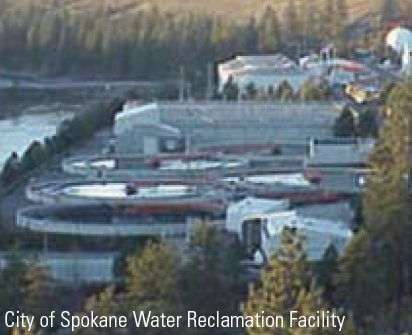
Pathways
Contaminant pathways to the river include industrial and municipal discharges, stormwater drains, tributaries, atmospheric deposition and urban runoff.
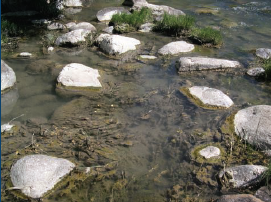
Contamination
Contaminants can be trapped in sediment on the river bottom, banks, and beaches. They can also attach to fine particulates that travel through the water column.
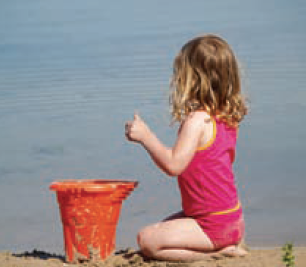
Beaches
People recreating on beaches upstream of Upriver Dam in Spokane Valley may be directly exposed to metals-contaminated sediments.
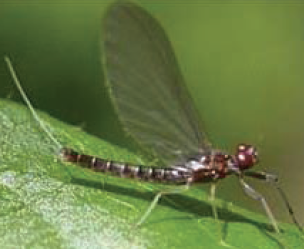
Bioaccumulation
Sediment contaminants can build up in the tissues of worms, insect larvae and other organisms (called the benthic community) that inhabit the river bottom.
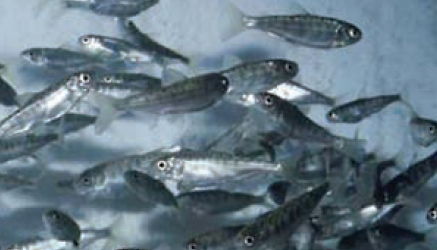
Biomagnification and Food Chain
Contaminant concentrations can biomagnify (increase) in the tissues of species as they move higher in the food chain, e.g.—caddis fly, to fish, to humans. This happens as species higher in the food chain ingest and further concentrate toxins in their tissues.
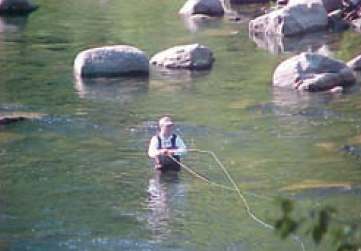
Fish Consumption
For fish species that accumulate contaminants in their tissue and organs, toxins can move up the food chain to humans, birds, and other species consuming fish.
